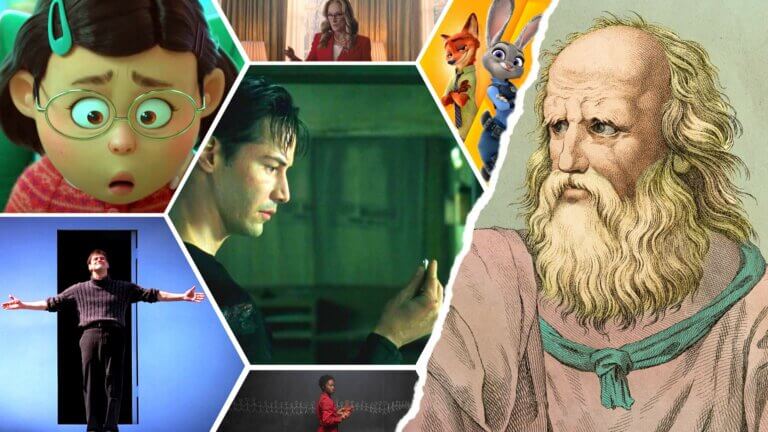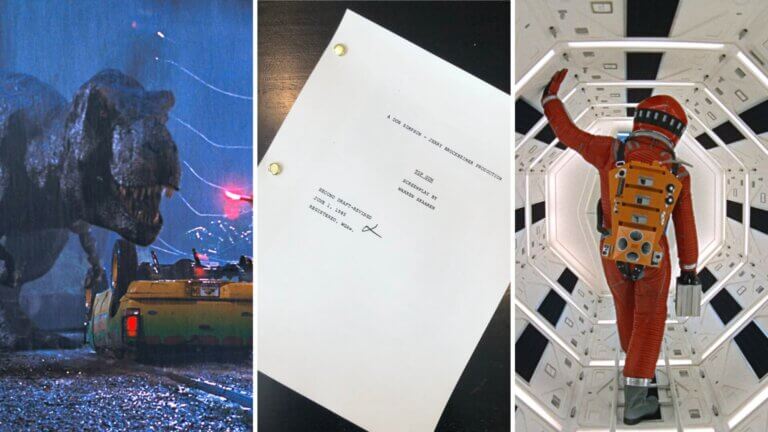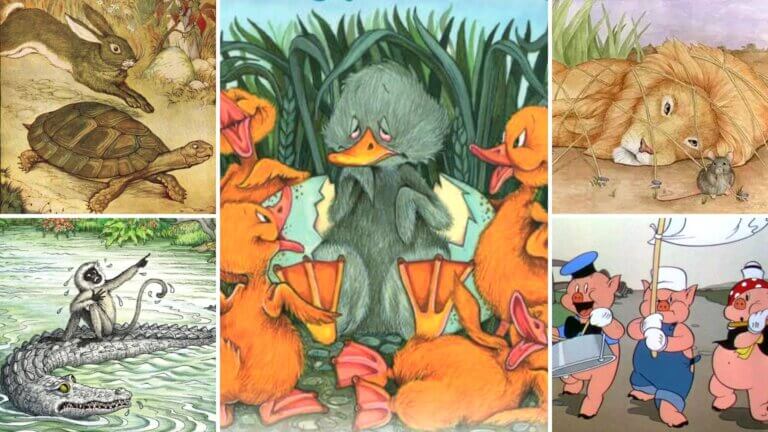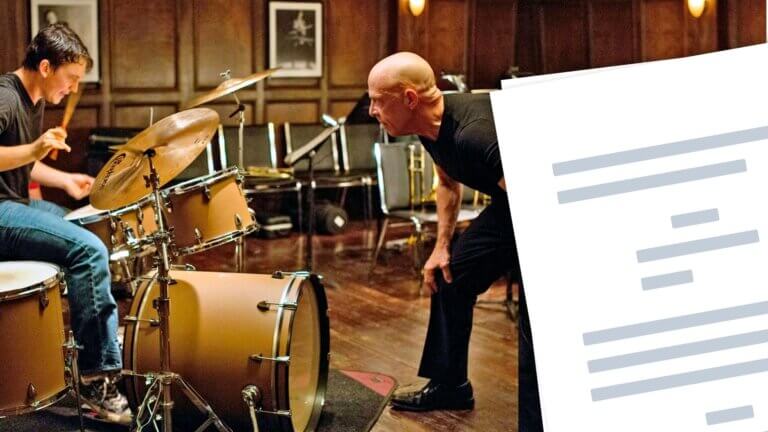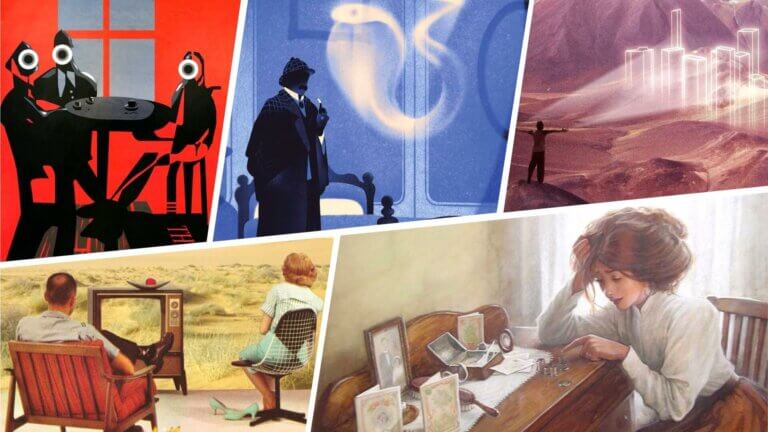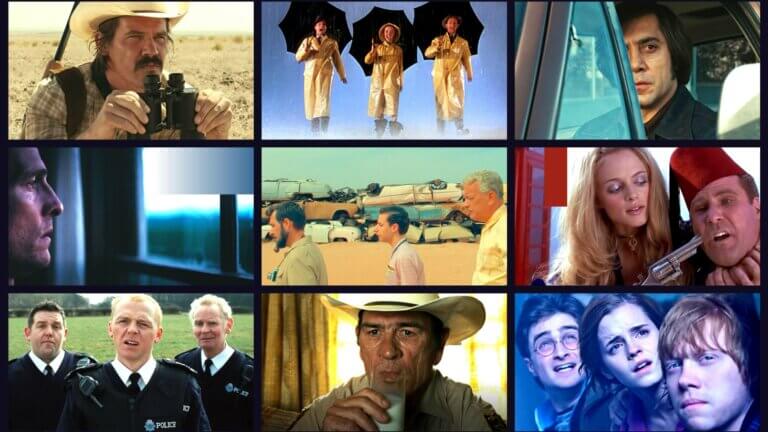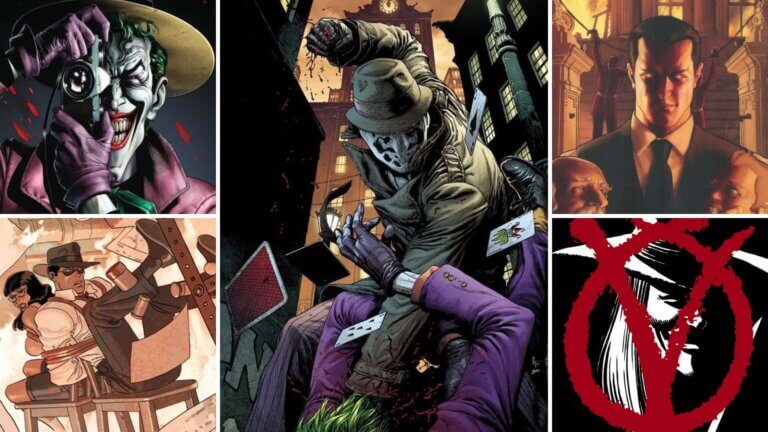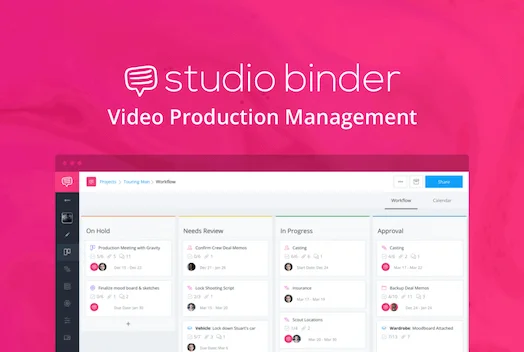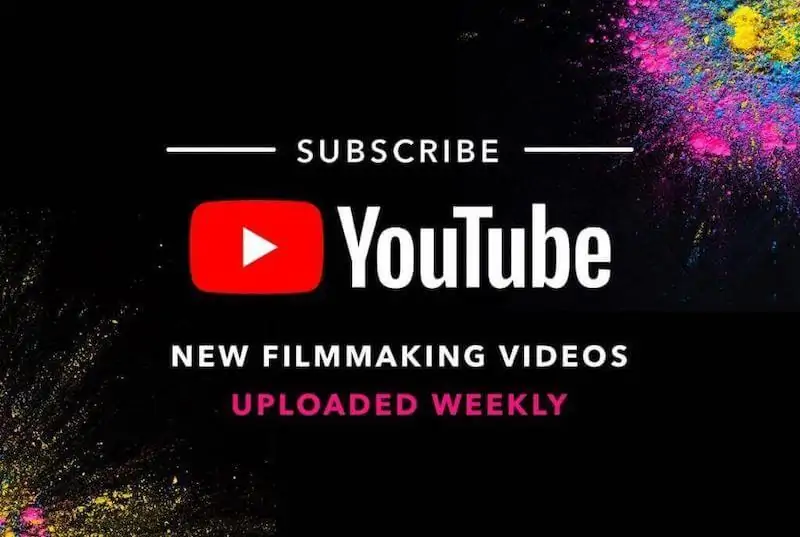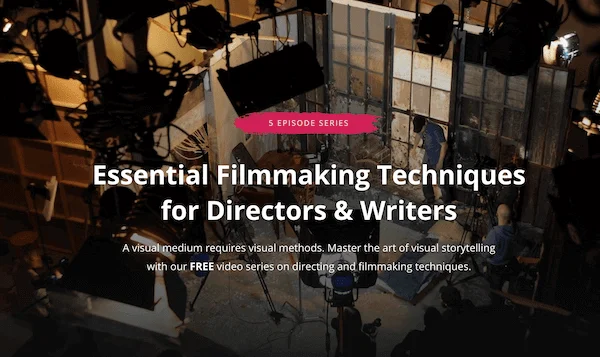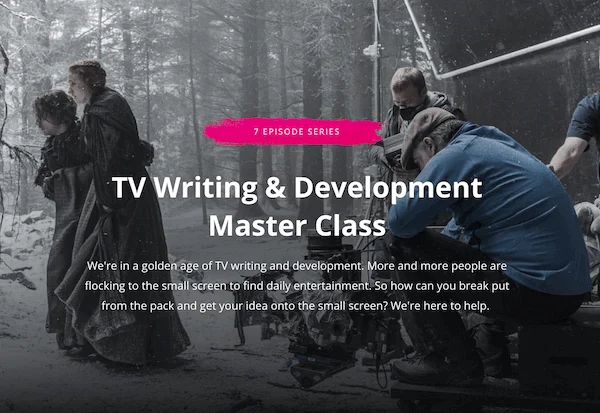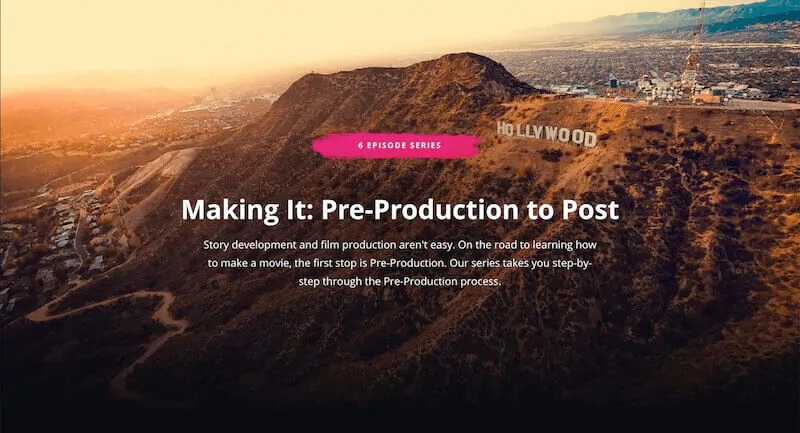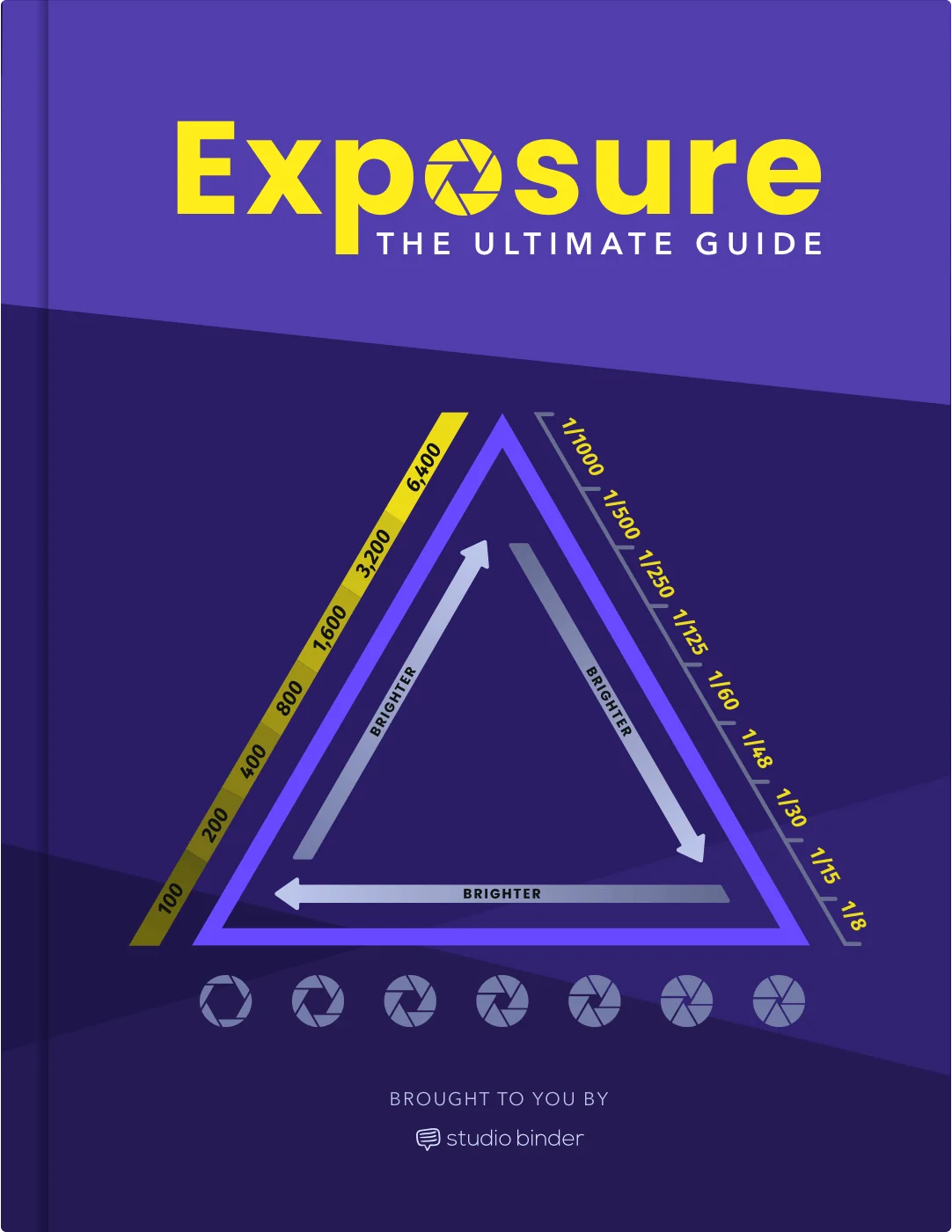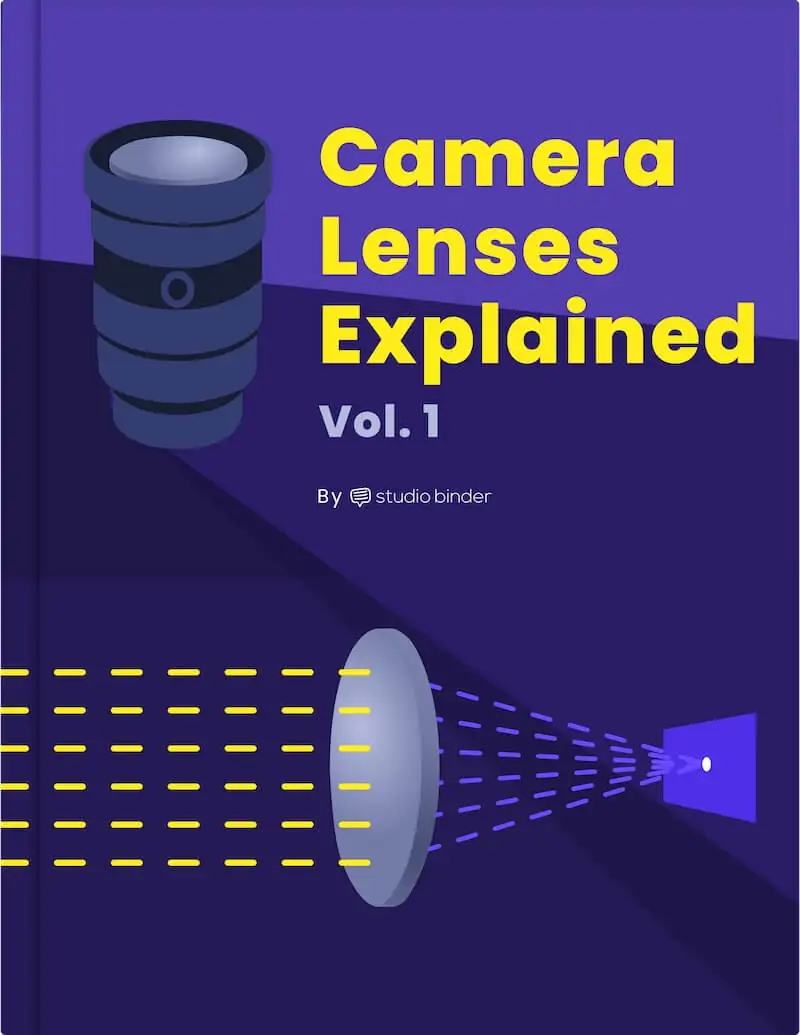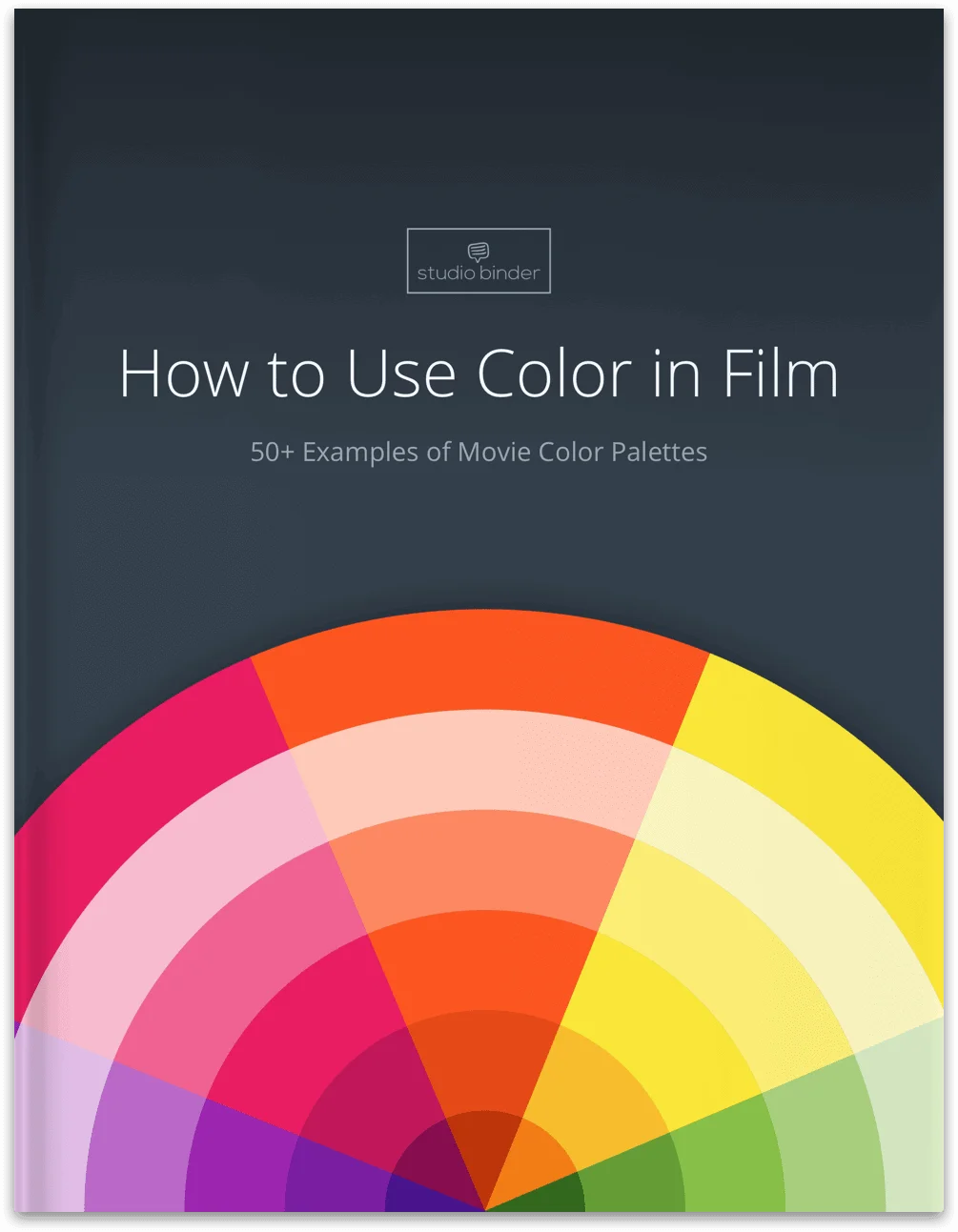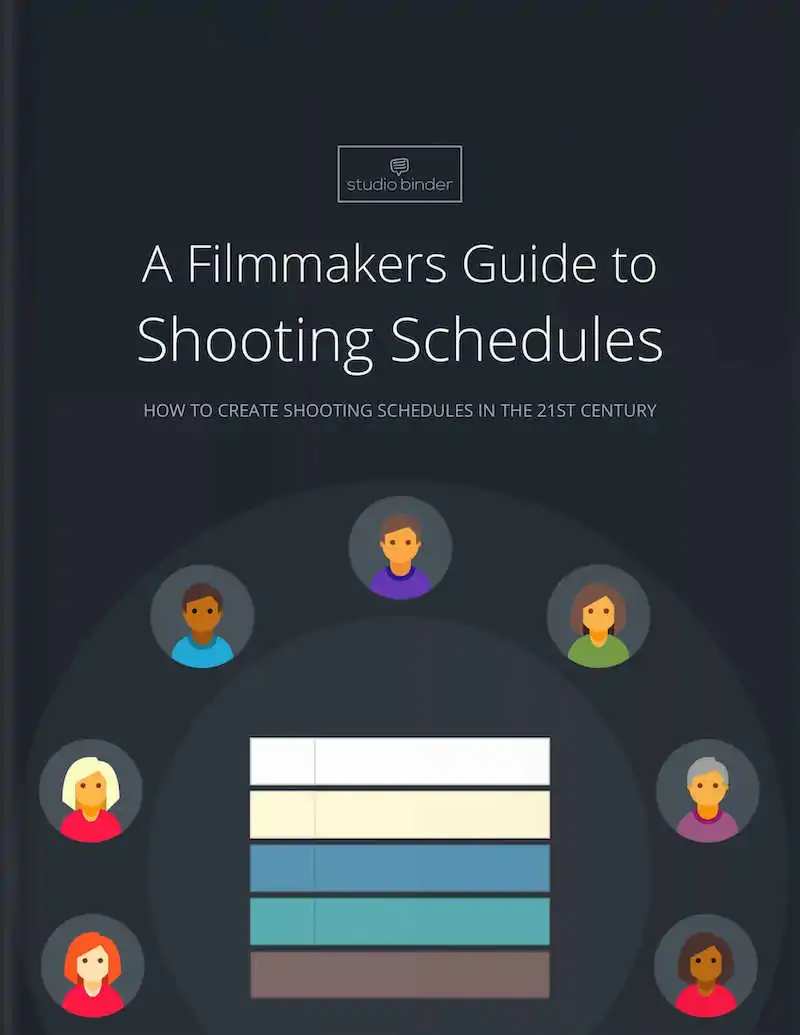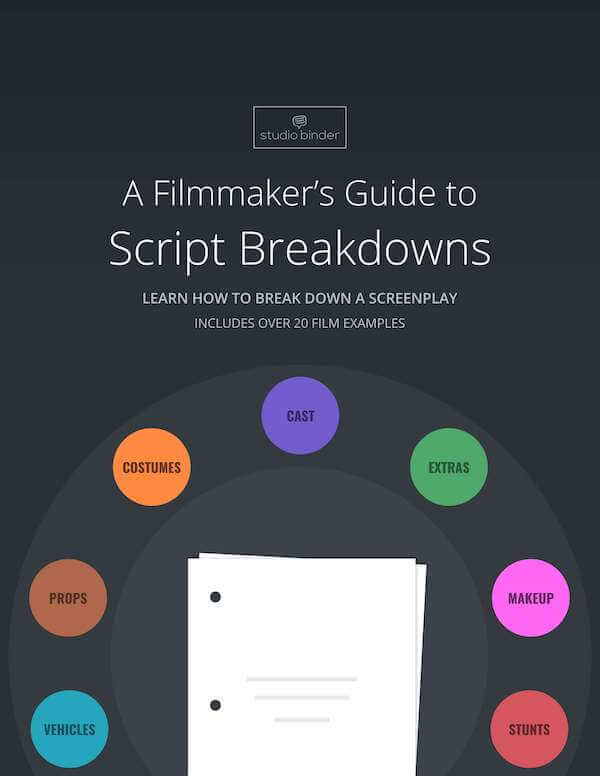Video concepts are only as good as how you pitch them. Your video agency may have the next ‘Got Milk’ campaign on your hands, but if you go into the meeting rambling and unprepared, it won’t matter.Continue reading How to Pitch a Video Concept that Wins Over Clients
You’re ready to produce your corporate video. The deadline is approaching and it’s time to plan your shoot. A pen, notepad, and keen memory won’t cut it. You’re a professional — that means you need the best tools to manage the video production process.Continue reading Corporate Video Production — How to Prep the Shoot
In the era of the internet and Youtube, the video essay has become an increasingly popular means of expressing ideas and concepts. However, there is a bit of an enigma behind the construction of the video essay largely due to the vagueness of the term. What defines a video analysis essay? What is a video essay… Continue reading What is a Video Essay? The Art of the Video Analysis Essay
Dramatic IronyOpen menu Types of Irony What is Tragic Irony Stages of Dramatic Irony Verbal IronyOpen menu Sarcasm Understatement Overstatement Socratic Irony Situational IronyOpen menu Cosmic Irony Poetic Justice Structural Irony Historical Irony Verbal irony is the most common type of irony because it’s tied directly to language – which we use every day. But… Continue reading What is Verbal Irony? Definition and Examples
Dramatic IronyOpen menu Types of Irony What is Tragic Irony Stages of Dramatic Irony Verbal IronyOpen menu Sarcasm Understatement Overstatement Socratic Irony Situational IronyOpen menu Cosmic Irony Poetic Justice Structural Irony Historical Irony We encounter irony every day: in our favorite movies, TV shows, and in our own lives. Most people have a general understanding… Continue reading 3 Types of Irony Explained (+ Examples)
What does pacing mean in the context of storytelling? What makes one story feel fast or another one feel slow? How can pacing be controlled? Throughout this post, we will be answering all of these questions and digging into everything you need to know about narrative pacing. Let’s get started with a definition.Continue reading What… Continue reading What is Narrative Pacing — And How to Control It
So you’ve finished your story: the primary antagonist has been defeated; the main-plot has been resolved — but something still feels incomplete. Don’t worry, many writers struggle to find that ever-so-coveted perfect ending. One way to add further resolution to a story’s conclusion is by adding an epilogue. We’re going to show you how to… Continue reading How to Write an Epilogue — Ideas for Crafting a Perfect Ending
How to Format a ScreenplayOpen menu Scene Headings Sluglines Action / Description Dialogue Transitions TV Script Format 101 FREE Movie Scripts: StudioBinder Screenwriting Library Write Your Script for Free TV script format is perhaps the most difficult type of script format to master. That’s because it involves tons of intricacies that screenplays and stage plays… Continue reading TV Script Format 101 — Examples of How to Format a TV Script
Why do we find ourselves drawn to tales steeped in sorrow, where heroes crumble and hopes are dashed? This magnetic pull is the work of tragedy, a narrative mechanism that mirrors our own struggles against fate and the human condition. In this article, we’ll peel back the layers of tragedy in storytelling, journeying from its ancient… Continue reading What is Tragedy — Definition, Examples & Types Explained
Narrative ElementsOpen menu Antagonist Catharsis Motif Plot Protagonist Theme Narrative DevicesOpen menu Deus ex Machina Foreshadowing Irony Personification Plot Twist Red Herring Write Your Script For Free → What is an allegory? An allegory is an important part of a symbolic story. Many of us have heard the term used when describing literature or film,… Continue reading What is an Allegory? Definition and Examples
Pacing is an elusive yet pivotal element in storytelling, acting as the rhythm that governs the reader’s journey through the narrative. It dictates the rate at which a story unfolds, influencing the tension, mood, and emotional resonance. Without pacing, a story can have an awkward sense of movement and flow. The best writers and storytellers… Continue reading What is Pacing in Writing — And Why It’s So Important
How to Format a ScreenplayOpen menu Scene Headings Sluglines Action / Description Dialogue Transitions TV Script Format 101 FREE Movie Scripts: StudioBinder Screenwriting Library Write Your Script for Free In scriptwriting for film and television, some numerous terms and abbreviations guide the narrative flow. One such term is O.S. But what does it mean, and… Continue reading What Does O.S. Mean in a Script & How to Use It
In the complex world of human communication, poetry is one of the most impactful elements. It combines our ideas, feelings, and life experiences in a beautifully arranged sequence of words. It’s an art form that, when well-executed, can be a method for emotional release, a way for intellectual engagement, and a means to see life… Continue reading How to Write a Poem — A Step-by-Step Guide
In the realm of storytelling, characters are the heart and soul of any narrative. They guide us through the plot, connect us to the story’s world, and evoke our emotions. But what makes a character truly captivating and relatable? One of the key elements is their flaws. Continue reading What is a Character Flaw — And… Continue reading What is a Character Flaw — And Why Writers Love Them
Fables have been a cornerstone of human culture and communication for thousands of years, enchanting audiences with their magical blend of creativity, wisdom, and moral lessons. But what is a fable, exactly, and why has this form of storytelling stood the test of time? In this article, we’ll dive deep into the history, structure, and enduring… Continue reading What is a Fable — Definition, Examples & Characteristics
Screenplays By GenreOpen menu Comedy Sci-Fi Drama Crime TV Scripts Horror ResourcesOpen menu FREE Scripts: StudioBinder Screenwriting Library Best Screenplays to Read Shane Black Movies & Screenwriting Explained Academy Award for Best Adapted Screenplay Academy Award for Best Original Screenplay Best Horror Movie Scripts to Download Write Your Script for Free → Whiplash is a… Continue reading Whiplash Script PDF Download — Plot, Characters and Theme
Narrative ElementsOpen menu Antagonist Catharsis Motif Plot Protagonist Theme Narrative DevicesOpen menu Deus ex Machina Foreshadowing Irony Personification Plot Twist Red Herring Write Your Script For Free → Have you ever wondered why we use ‘the White House’ to refer to the U.S. administration or ‘the Crown’ to denote a monarchy? This is an example… Continue reading What is Metonymy — Definition, Examples & How to Use It
Short stories stand as a testament to the power of brevity in the sprawling landscape of literature. They are a unique form that dances along the borders of storytelling, offering glimpses into different worlds through their ‘short-shorts’ and microfictions. The art of crafting these succinct narratives requires a writer to create meaning not just through strings… Continue reading What is a Short Story — The Art of Brevity in Literature
The rule of three is one of the most important rules in all of writing – but what is the rule of three? We’re going to explore this fascinating and useful rule by looking at examples in sentences, situations, and stories. This article will serve as a referential guide for you to circle back to… Continue reading What is the Rule of Three — A Literary Device for Writers
Graphic novels have been steadily gaining recognition as a legitimate form of literature, moving from the fringes to the mainstream. They offer a unique blend of art and narrative that captivates audiences of all ages. But what is a graphic novel exactly and how does it differ from traditional novels or comic books? This article aims… Continue reading What is a Graphic Novel — The Art of Pictorial Storytelling









